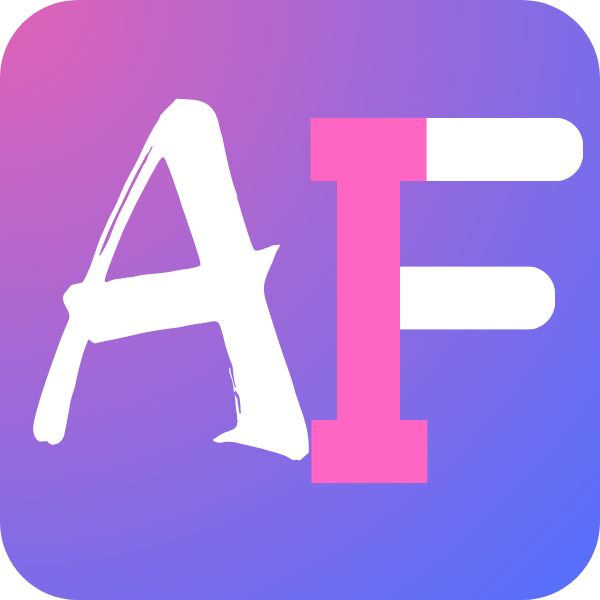The Intersection of AI and Creativity
In the digital age, artificial intelligence (AI) is no longer just a tool in the technology sector; it has become a powerful catalyst for artistic creation and creative expression. From generative art to music composition, from literary writing to product design, AI is inspiring human creativity in unprecedented ways.
When we talk about AI and creativity, we're not just discussing what AI can create, but exploring how AI can expand the boundaries of human creativity. AI isn't here to replace human creativity but to serve as a collaborative partner, offering new perspectives, tools, and possibilities.
How AI Sparks Creative Inspiration
AI inspires creativity in various ways:
1. Breaking Conventional Thinking Patterns
AI generative systems can produce combinations and connections that humans might not consider. By analyzing vast amounts of data, AI can discover hidden patterns and associations, offering creative suggestions that transcend conventional thinking. These "unexpected inspirations" are often the source of innovation.
2. Providing Unlimited Variations and Possibilities
Once an initial idea exists, AI can quickly generate dozens or even hundreds of variations, allowing creators to explore a broader space of possibilities. This ability to rapidly iterate enables creators to try more directions in less time.
3. Cross-Domain Fusion
AI can easily blend elements from different domains, creating cross-boundary creative works. For example, applying classical art styles to modern themes or transforming musical elements into visual expressions.
Practical Applications of AI Creative Tools
Visual Arts and Design
In the visual arts field, AI tools like DALL-E, Midjourney, and Stable Diffusion are changing how artists and designers work. These tools can generate images based on text descriptions, providing visual inspiration for artists or helping designers rapidly prototype their ideas.
For instance, an illustrator might use AI generation tools to explore different compositions, color schemes, or styles, then create based on these generated references. This not only accelerates the creative process but also opens up new possibilities for artistic expression.
Writing and Content Creation
In the writing field, AI tools like the GPT series can help writers overcome creative blocks, offer new narrative perspectives, or expand existing creative concepts. Writers can use AI to generate story outlines, character backgrounds, or even dialogue snippets, then create based on these materials.
Content creators can also leverage AI tools to generate title ideas, content frameworks, or explore different expression styles, making content richer and more diverse.
Music Composition
In the music field, AI tools can generate melodies, harmonic progressions, or rhythm patterns, providing new inspiration for music creators. Musicians can use these generated materials as starting points for creation or incorporate them into existing works.
Some AI music tools can even analyze the style of specific musicians or genres, then generate new music with similar characteristics, providing stylistic references for creators.
The Collaborative Future of Human Creativity and AI
As AI technology continues to develop, we are entering a new era of deep collaboration between human creativity and AI. In this era, AI is not a substitute for creativity but an enhancer of it.
The most effective creative approach will be collaboration between humans and AI: humans provide goals, value judgments, and emotional resonance, while AI offers tools, possibilities, and new perspectives. This collaboration will make the creative process more efficient, diverse, and innovative.
For example, in the design process, designers can define project goals and constraints, then use AI to generate multiple design solutions. Designers evaluate these solutions, select the most promising direction, then iterate and improve with AI until reaching a satisfactory result.
Ethical Considerations in AI Creativity
While embracing AI creative tools, we also need to consider some ethical questions:
- Originality and Attribution: When the creative process involves AI, how do we define the originality of the work? How should attribution be determined?
- Creative Diversity: If everyone uses similar AI tools, will this lead to homogenization of creative expression?
- Skill Development: Does over-reliance on AI affect the development of human creative skills?
- Data Ethics: Do the data used to train AI creative tools respect the rights of original creators?
These questions don't have simple answers, but it's important that we maintain awareness of these issues while using AI creative tools.
Conclusion: Embracing the Future of AI Creativity
AI brings unprecedented possibilities to the creative field. By embracing AI tools, creators can break through traditional limitations, explore new creative boundaries, and realize their creative visions more efficiently.
At FunnyAI.art, we are committed to providing cutting-edge AI creative tools to help creators unleash their creative potential. Whether you're an artist, designer, writer, or musician, we believe AI can be a powerful partner in your creative journey.
Let's explore the unlimited possibilities of AI creativity together and create richer, more diverse, and innovative works!
